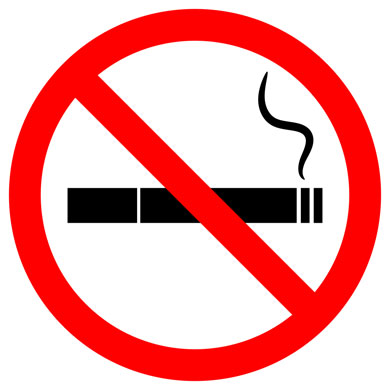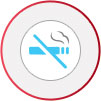Thromboangiitis Obliterans (Buerger’s disease)
Thromboangiitis obliterans is commonly known as Buerger’s disease. This is a rare disease which causes inflammation and blood clots in the blood vessels of the arms and legs. The clots block the blood circulation causing inadequate supply of oxygen and nutrients to the tissues which eventually leads to tissue damage. In severe cases, it can cause infection and gangrene necessitating amputation.

What causes Buerger’s disease?
Buerger’s disease is strongly associated with smoking and occurs in people who smoke cigarettes or chew tobacco. It affects mostly young men who are between the age of 20-40 years. This condition is uncommon amongst women and children. Buerger’s disease most commonly affects small and medium sized arteries and occasionally the veins.
What are the symptoms?
The symptoms of Buerger’s disease include:
- Pain in arms or legs
- Fingers and toes appear pale, red or bluish
- Burning and tingling sensation
- Cold hands or feet
- Sores on hands or feet
- Clots in the superficial veins
How is Buerger’s disease diagnosed?
Duplex ultrasound of the arteries is commonly used for diagnosing blocked blood vessels in the hands or feet. In-addition, CT Angiogram and a diagnostic angiography may be required to reach the diagnosis. Blood tests may be helpful to ensure other causes are excluded. Occasionally, a biopsy of the blood vessel may also help reach a diagnosis.
Treatment Options
Keeping your hands and feet warm and performing gentle exercises can help increase blood circulation. Medicines such as anticoagulants and vasodilators may be recommended to improve circulation.
In severe cases, your doctor might recommend a sympathectomy; a surgery which involves dividing specific nerves supplying the affected area to relief pain and increase blood flow. Amputation may be necessary in severe cases of gangrene.
Prevention
The following precautions should be taken to prevent Buerger’s disease.
- Quit cigarette smoking and chewing tobacco
- Use well-fitting footwear to prevent trauma and infection
- Avoid cold environment
- Avoid vasoconstrictors

